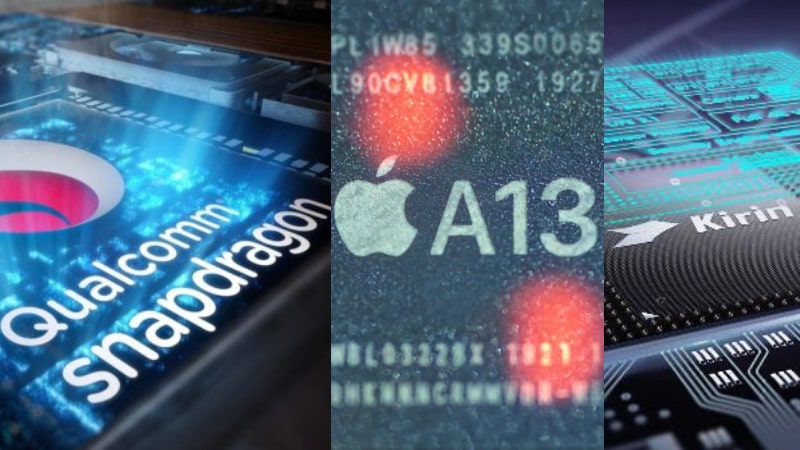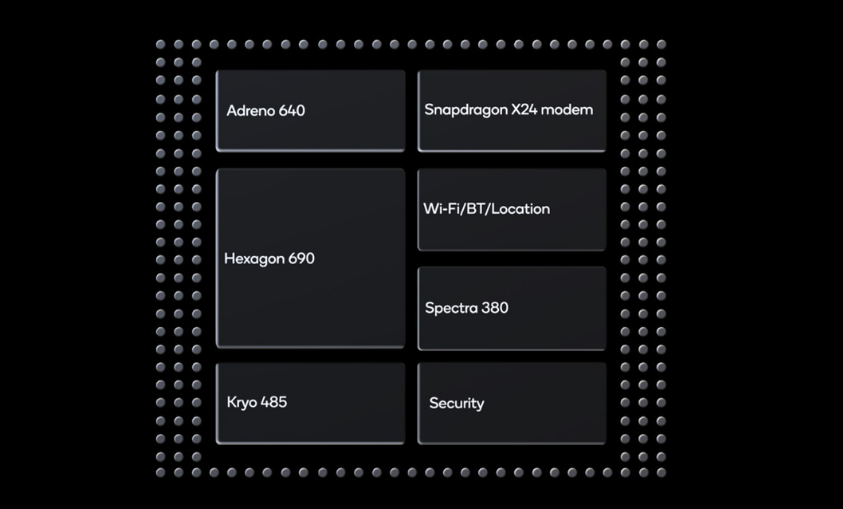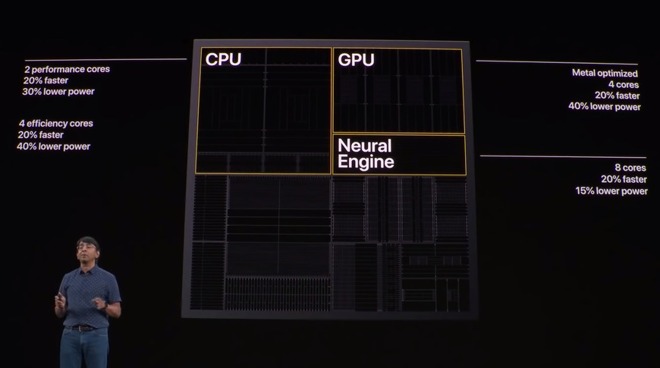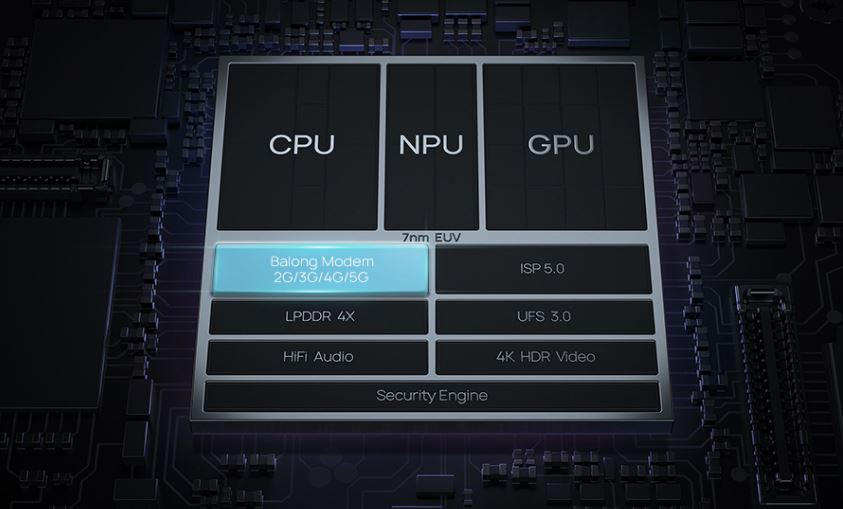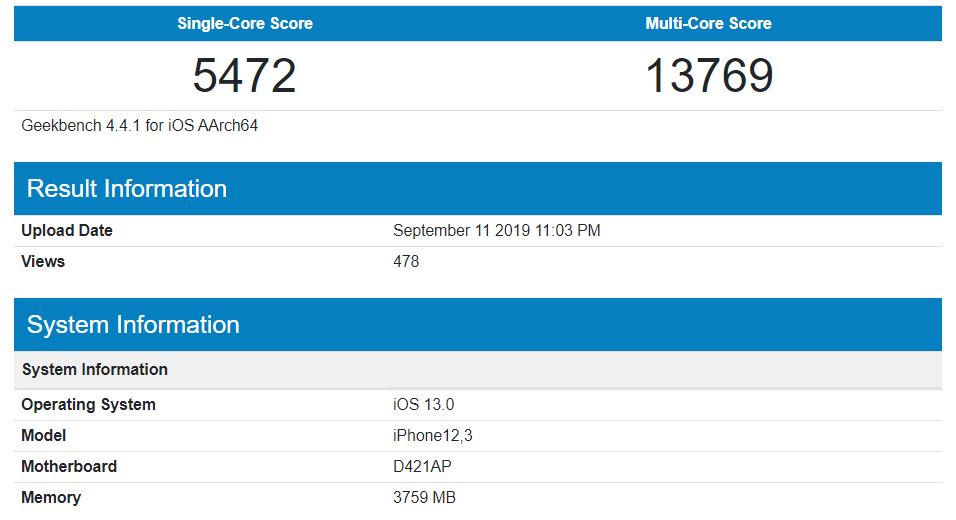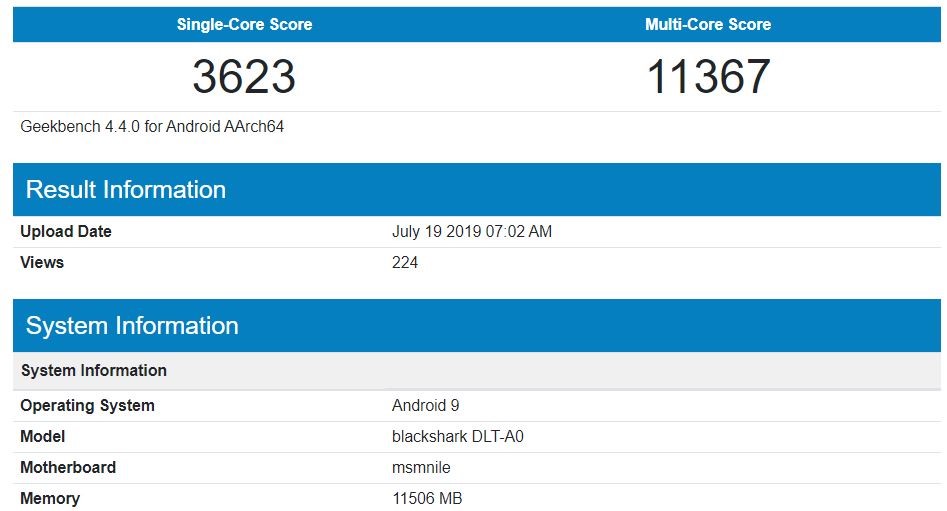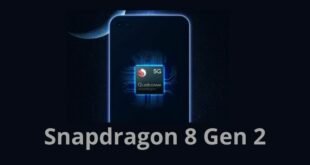In the last few weeks, we have seen three new processors hit the market from the three top Soc manufacturers: Apple, Qualcomm, and Huawei. Apple launched the A13 Bionic chip to power its iPhone 11 phones, Qualcomm came up with the Snapdragon 855 Plus, and then from Huawei, we also have the Hisilicon Kirin 990 5G. All three of them are flagship offerings from each of the companies, and undoubtedly, each can handle any task thrown at them with ease. Be it hardcore gaming or intensive mobile processing by any video or audio encoding application; all three will get it done without breaking a sweat. And this is what you would expect of a top-tier processor, but which is the best among them? Let’s look at a side-by-side comparison of Apple A13 Bionic vs Snapdragon 855 Plus vs Kirin 990 5G and decide which processor has the upper hand as of now.
Apple A13 Bionic vs Snapdragon 855 Plus vs Kirin 990 5G: Specifications
CPU
Apple has its own Hexa core setup with two high-performance cores called Lightning cores clocked at 2.66 GHz and four other power-efficient cores called Thunder. This new processor from Apple claims a 20% faster speed and 30% more efficiency than its predecessor.
Moving on to Huawei’s Kirin 990 5G, we see an octa-core setup. Two powerful Cortex-A76 cores clocked at 2.86 GHz, and another two Cortex-A76 cores clocked at 2.36 GHz. As for the other four cores, we have four Cortex-A55 cores clocked at 1.95 GHz.
Now, on the Snapdragon 855 Plus, we have a similar octa-core setup, but here, we have custom Kryo cores compared to the ones on the Kirin 990 5G. The 855 Plus has one Kryo 485 core (Cortex-A76) clocked at 2.96 GHz, three Kryo 485 cores (Cortex-A76) clocked at 2.49 GHz, and four low-power consuming Kryo 485 cores (Cortex-A55) clocked @1.78 GHz.
If we look at the hardware comparison, it seems like the Kirin 990 5G and Snapdragon 855 Plus will easily outperform the Apple A13 Bionic chip. But Apple, as always with their stable optimizations, manages to surprise everyone in real-life usage. Last year’s Apple processor was the best among its class, even though, on paper, it seemed like it was somewhat lacking. So, going by Apple’s track record, it won’t be surprising if the A13 Bionic repeats history.
Process
All three of them are built on a 7nm process. Still, Apple’s A13 Bionic uses the second Gen TSMS 7nm node as compared to the first generation TSMS 7nm node, which gives the A13 Bionic an advantage in terms of performance and mainly in terms of power efficiency against the Snapdragon 855 Plus. But the Kirin 990 5G is not far behind the A13 Bionic, which uses the special 7nm EUV node from TSMS. This brings the Kirin 990 5G somewhere between the Snapdragon 855 Plus and the Apple A13 Bionic chip.
GPU
Apple, Qualcomm, and Huawei would not hold back on GPU performance from their flagship offerings. The Apple A13 Bionic has its very own signature quad-core setup GPU, which is claimed to provide 20% faster speed and 40% more power efficiency than its predecessor.
Again, on the Kirin 990 5G, we see the Mali-G76MP16, which, as the name suggests, comes with 16 cores. It can run any game thrown at it at the highest graphics settings, but surprisingly, Huawei didn’t go for the Mali-G77 on their flagship since Mali-G77 is the latest version with better speed and efficiency than the Mali-G76. Only Huawei knows the reason behind this, but it does put Huawei in the last spot as compared to these other two high-powered processors.
As for the Snapdragon 855 Plus, we have the latest Adreno 640 GPU, which outperforms its predecessor easily when used in real life. At present, though, we don’t have any data to back up this claim.
As one can see, not one among the three is slack regarding GPU performance, but the Apple A13 Bionic, with its optimized setup, seems to be taking the crown here.
Artificial Intelligence
AI has been the talk of the tech town since last year, and it is indeed the future we are looking at here. The Apple A13 Bionic has an octa-core Neural Engine setup for all its AI task handling. This setup allows the A13 Bionic to perform 10 trillion instructions per second, which is way more than enough for a smartphone. This has led Apple to work on a Deep Fusion technology, which takes four pictures before pressing the shutter, four after pressing the shutter, and one long exposure during this entire time. This will result in an extremely detailed photo with accurate colors and exposure. This is Apple’s reply to Android’s HDR+ photography.
Moving on to the Snapdragon 855+, we see the Hexagon 690, a quad-core AI engine combined with a tensor accelerator. This allows for advanced machine learning task handling, which makes Qualcomm’s Neural Processing Unit capable of text recognition, scene detection, face authentication, dual and single-camera bokeh effect, and super-resolution. This is all possible because the NPU can perform 7 trillion instructions per second. Yes, it is three trillion less than the A13 Bionic, but 7 trillion is more than enough to operate the AI tasks of a smartphone easily.
Finally, we have the Da Vinci Neural processing Unit from Kirin 990 5G, which has a unique three-core setup. Out of the three here, two are high-performance cores assigned for handling AI tasks that require superior processing. The third core is a lower-performing power-efficient core, but together with the other two cores, they can perform all the AI tasks thrown at them. Video rendering, which is an intensive task and pushes even the best of CPUs to their limits, the NPU on Kirin 990 5G allows for real-time video rendering, that is, video rendering while the video is being recorded. This shows how far we have come with the help of machine learning, and what lies ahead is a long way with infinite possibilities.
Benchmark Scores
On Geekbench, the Apple A13 Bionic chip scores a single-core score of 5,472 points and a multi-core score of 13,769 points. At present, these are the highest points on any phone. Compared to that, the Snapdragon 855 Plus only manages a single-core score of 3,623 points and a multi-core score of 11,367 points. Unfortunately, we have nothing on the Kirin 990 5G here, as no device with the 990 SoC has been tested on Geekbench.
On Antutu, the Snapdragon 855 Plus scores an impressive score of nearly 5,00,000 points, which makes it the Antutu benchmark table topper for now. But indeed, after Kirin’s 990 5G and Apple’s A13 Bionic chips are tested on Antutu, we will have a different winner. Looking at Geekbench scores, it will probably be the Apple A13 Bionic chip.
Apple A13 Bionic vs Snapdragon 855 Plus vs Kirin 990 5G: Which is Better?
These are pretty early days to choose a winner for sure. But as of now, we can say that Apple’s A13 Bionic chip will easily outperform any processor, both in terms of GPU and CPU. However, Apple’s chip is only exclusive to its own devices. This gives them an advantage since they have only a specific device to concentrate on and optimize their processor accordingly to achieve better results. Similarly, Huawei’s Kirin processors also specifically deliver to the needs of their own devices. Qualcomm, on the other hand, has a wider reach, and almost every smartphone manufacturer other than Apple and Huawei opts for a Snapdragon processor. This is what makes Snapdragon processors the most popular ones in the market.
Snapdragon 855 Plus comparison with Kirin 990 5G and Apple A13 Bionic chip will become more challenging to differentiate after Qualcomm launches the Qualcomm Snapdragon 865, which is rumored to come later this year or early in the Q1 of 2020. Till then, Apple is the clear winner here.
However, both Snapdragon and Kirin still have an advantage over Apple’s processors as Apple is yet to announce chips capable of providing 5G connectivity. We expected Apple to come with a 5G capable processor this year, but it seems that Apple fans will have to wait till next year to get 5G compatible iPhones.
